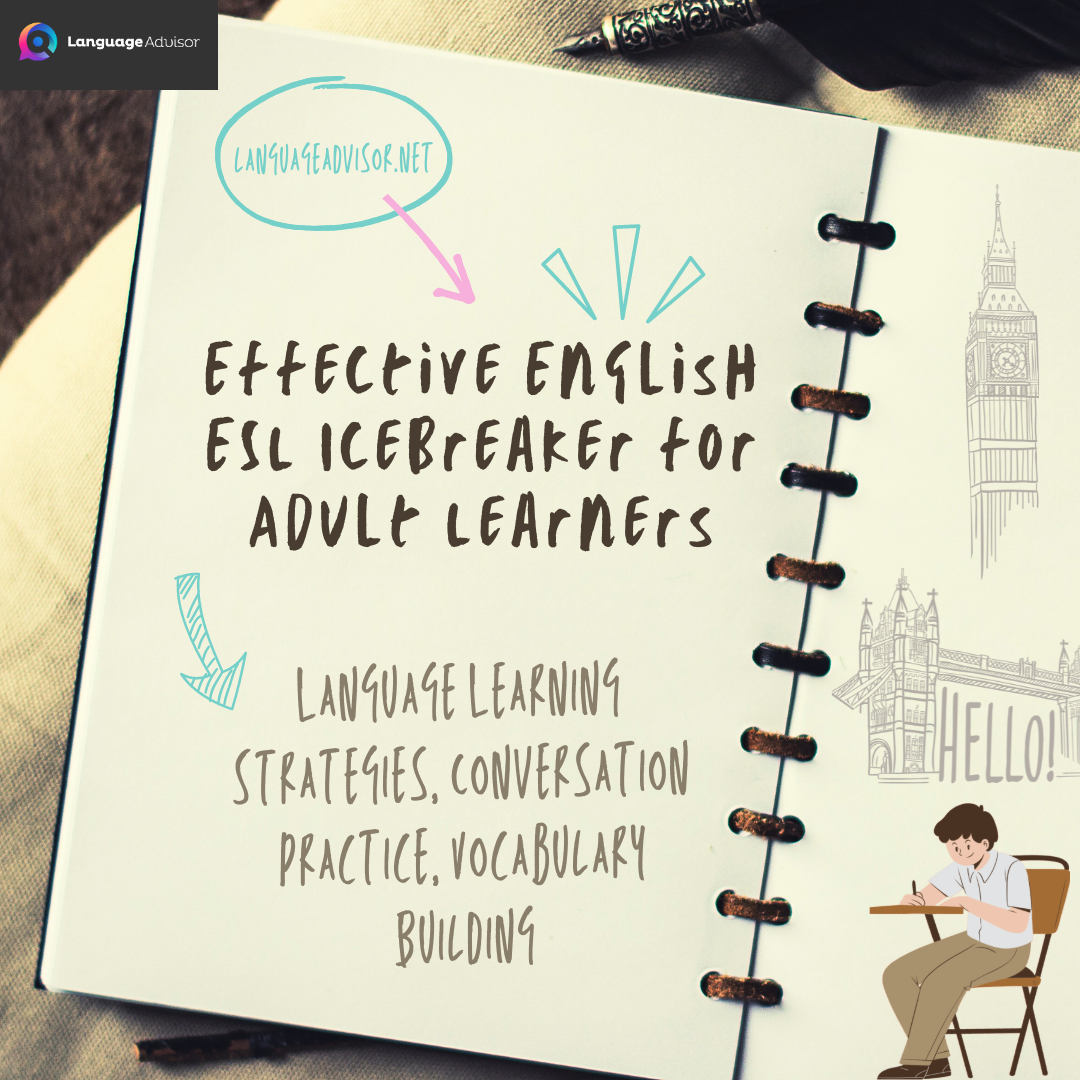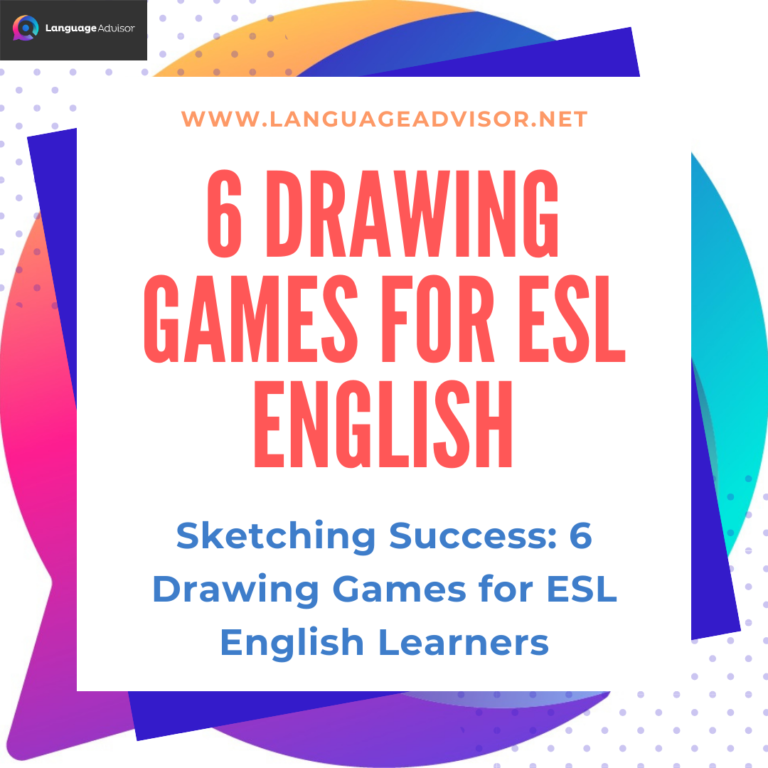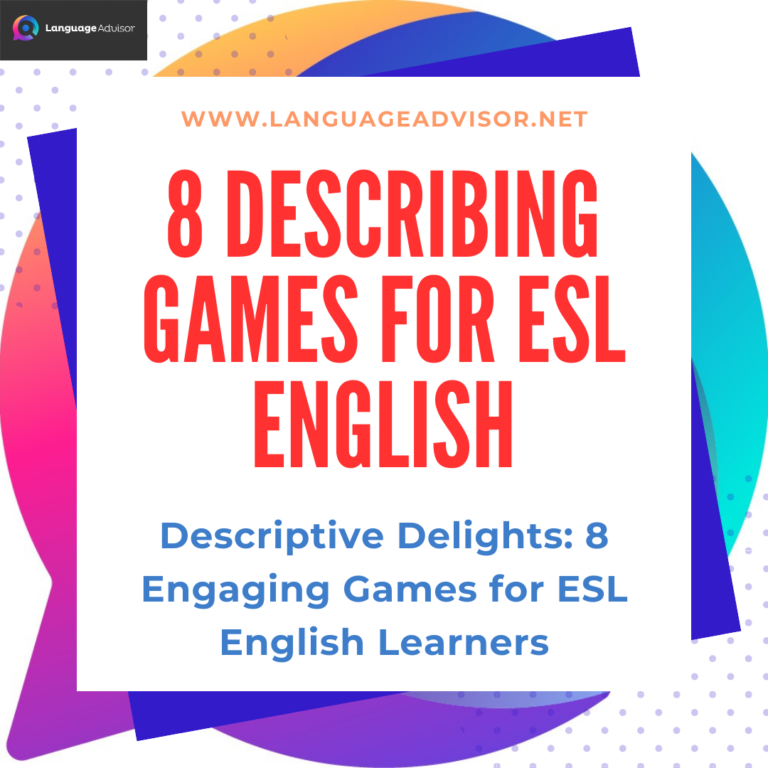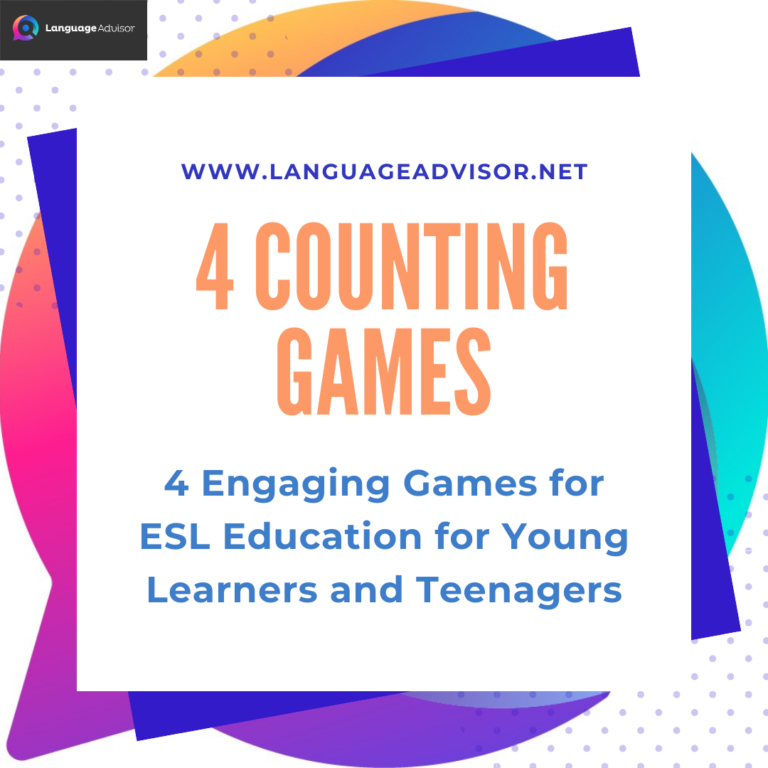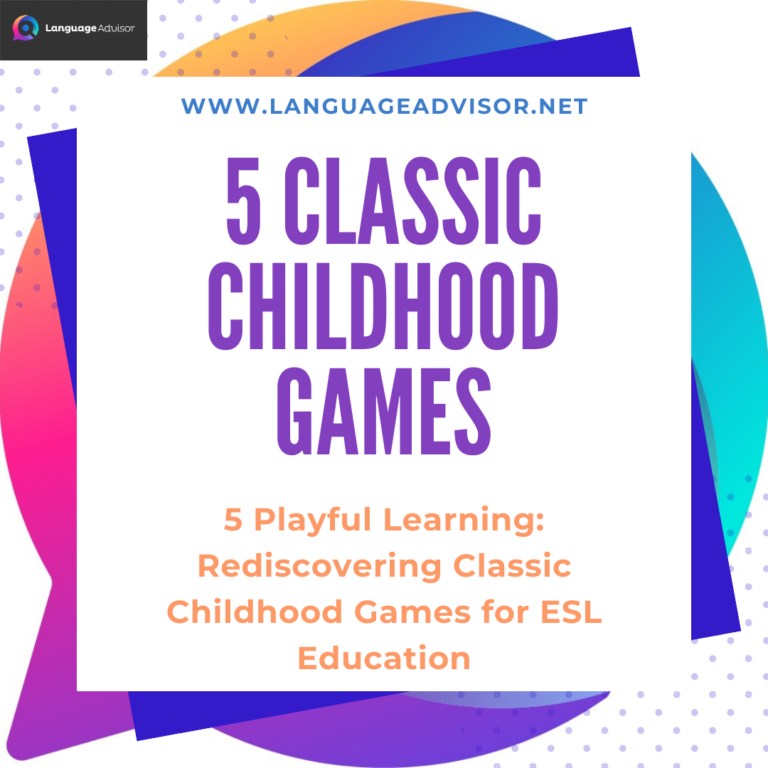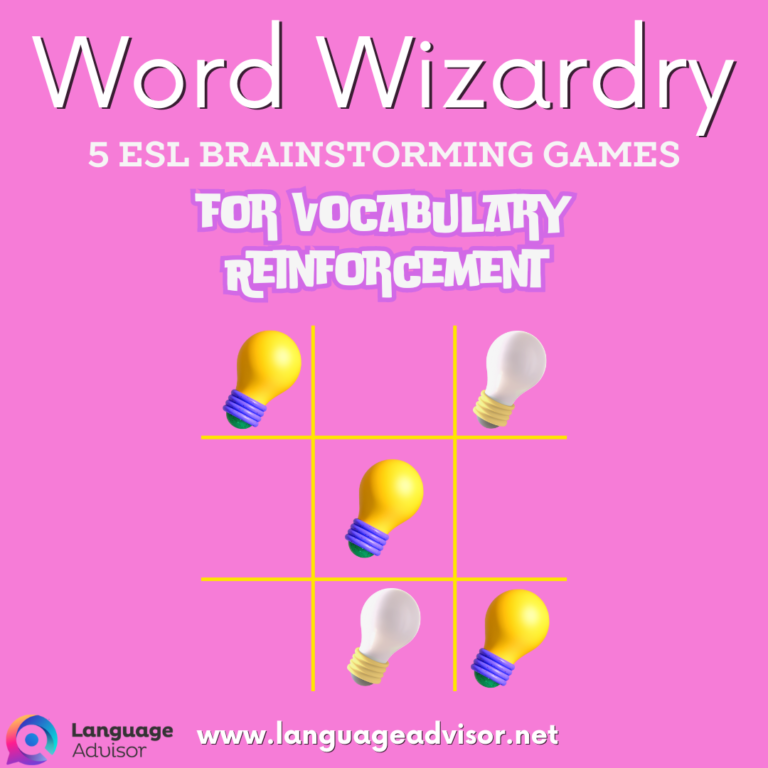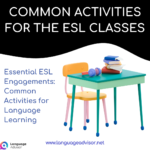Effective English ESL Icebreaker for Adult Learners | Language Learning Strategies, Conversation Practice, Vocabulary Building
Effective English ESL Icebreaker

Effective English ESL Icebreaker
Expanding the cultural perspectives of adults poses unique challenges compared to working with children. Fortunately, linguistic barriers are likely to be less prominent, given that the adults you engage with probably possess better English skills. However, the real obstacle lies in dismantling a lifetime of influences that often emphasize the perceived differences between Japanese culture and all other ethnicities, languages, and cultures.
Addressing these deeply ingrained beliefs requires patience, creativity, and a sense of humor. You’re essentially countering several decades of influence with your own life experiences and understanding of our shared humanity. In the analogy of planting seeds for cross-cultural education, you might only be “soaking the seed” to make germination easier. It might take several generations for the first shoots to appear above ground, and it’s crucial to recognize that your contribution may not be fully evident during your tenure.
The activity that follow offer a compilation of cross-cultural activities, tailored to adults and children alike, providing a versatile toolkit for fostering cultural understanding in diverse settings.





Boost Language Skills: Effective ESL Activities for Adult Learners
Effective English ESL Icebreaker: Setting the Stage for Engagement
Before diving into any session, ensure you incorporate at least one warm-up activity, even if participants are familiar with each other. Consider incorporating self-introductions and group divisions as warm-up games. These activities serve a triple purpose:
- Building Connections: Create a relaxed environment where participants can acquaint themselves, fostering a sense of camaraderie for effective collaboration.
- Energizing Minds: Shift participants into an active mindset, priming them for dynamic engagement in subsequent activities.
- Introducing Themes: Lay the groundwork for the session’s topic, prompting participants to start contemplating relevant issues.
Addressing Apprehensions from Organizers:
If tasked with delivering a speech, organizers may express concern about incorporating games. Alleviate their worries by:
- Clarifying Educational Intent: Emphasize the educational purpose behind the activity.
- Highlighting Post-Game Discussion: Assure them of a meaningful discussion following the game, reinforcing the educational aspect.
- Referencing Precedents: Share instances where similar activities have been successfully employed, establishing a precedent.
- Cultural Context: Mention that such interactive methods are common in your home country, aligning with the objective of promoting internationalization.
Addressing Reluctance from Participants:
Participants expecting a traditional speech might resist game-based activities. Overcome their reservations by:
- Explaining Uniqueness: Acknowledge the unconventional approach but elucidate the activity’s objectives.
- Stressing Educational Goals: Reiterate the educational benefits and the planned discussion.
- Referencing Precedents: Share instances where participants have enjoyed similar activities in the past.
- Alleviating Concerns: Ensure activities are designed to avoid putting participants on the spot, emphasizing a non-intimidating approach.
Cultivating Enthusiasm:
Assure participants that the activities are designed for enjoyment, especially when preceded by engaging warm-ups. Tailor warm-ups to the context, making them relevant to work training by incorporating workplace-related questions or statistics. This approach ensures that even serious training sessions maintain an element of enjoyment.





Also check out these English ESL icebreakers





Did you find this article useful? If you have additional ideas, share them in the comments section below






